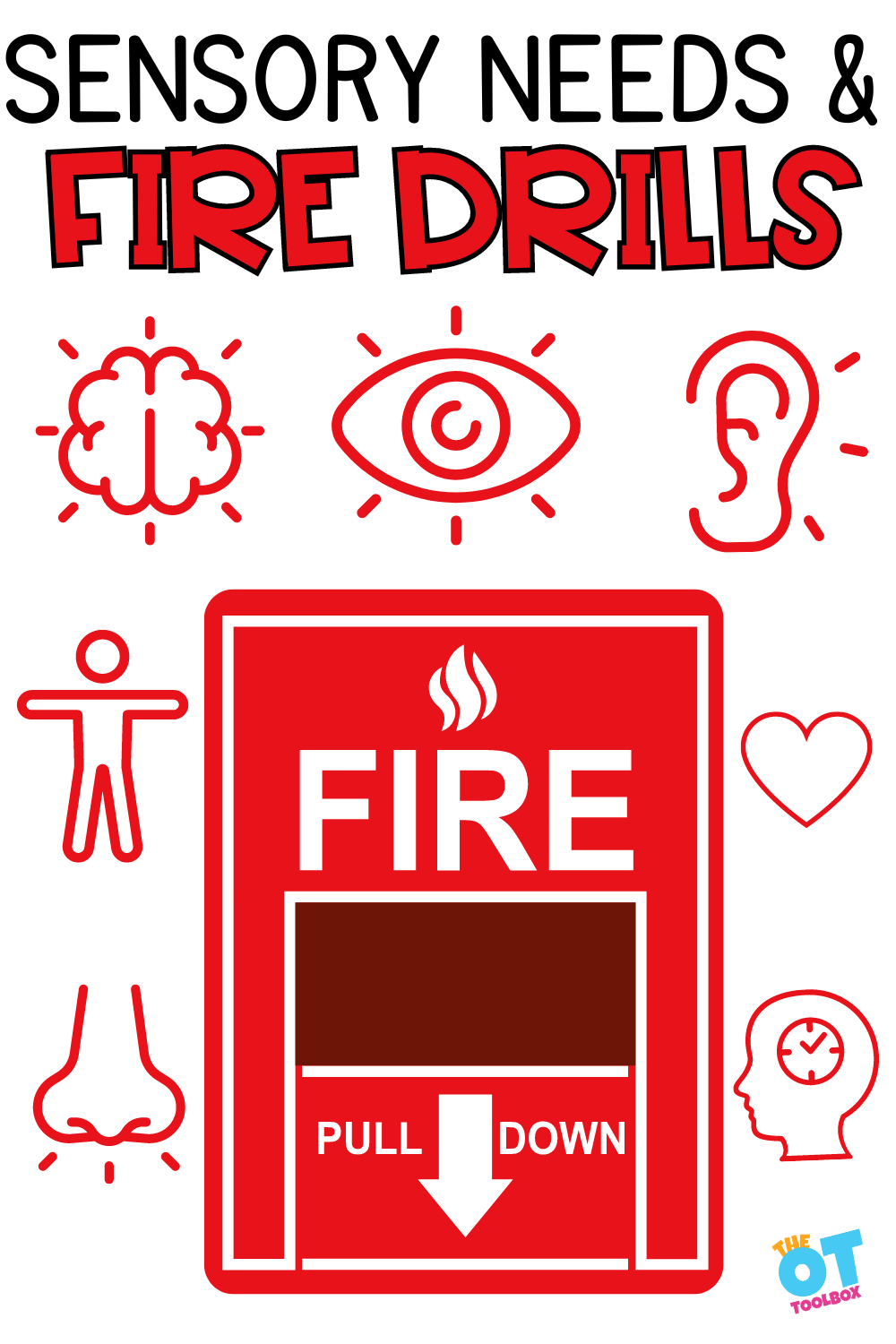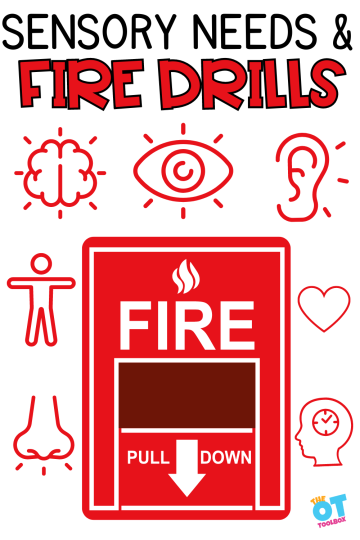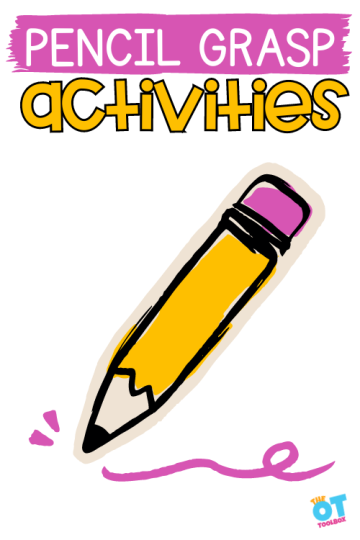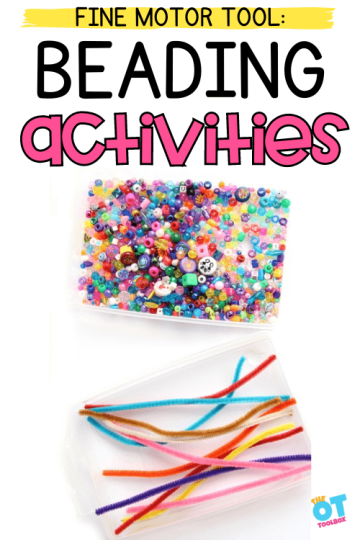Distal Finger Control is a fine motor skill exercise in dexterity that is needed for manipulating the pencil with the fingers. Without distal finger control, a child uses wrist and forearm motions to move the pencil, form letters, and write with larger pencil strokes. Those bigger pencil lines tend to be less controlled and can result in legibility issues, spatial awareness difficulties, and line awareness troubles.
Use these distal finger mobility tasks as finger strength exercises.
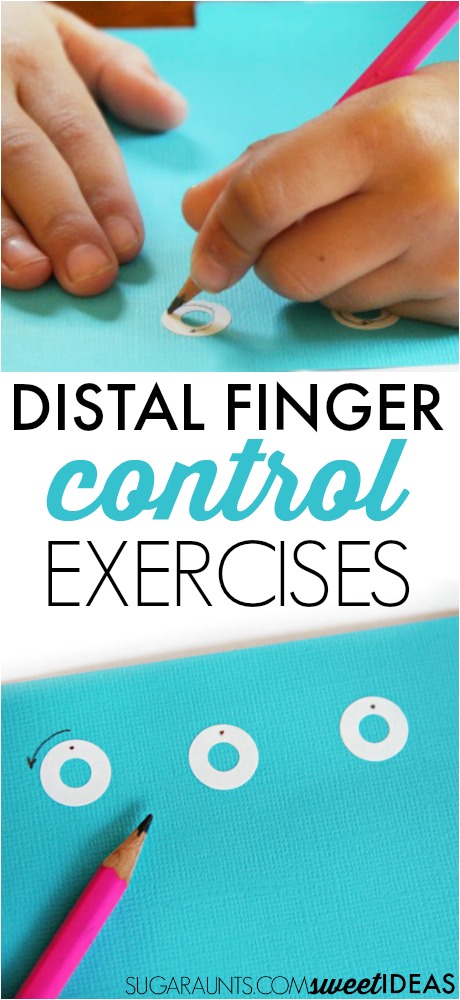
Helping a child to improve their distal finger control is one way to help improve handwriting.
Distal Finger Control Exercise for Use in Handwriting
There are many ways to encourage motor movements of the digits vs. using larger muscle groups. Opening of the thumb web space, finger isolation, pincer grasp and pinch grip strength, intrinsic muscle development, thumb IP joint flexion, and arch development are key to ensuring functional use of the distal fingers in tasks like handwriting.
This simple activity is one way to develop distal finger control for use in manipulating a pencil. Below, you’ll find more ideas that can be used as well.
This post contains affiliate links.
We used just a two materials, making it an easy and frugal way to develop motor skills:
- Paper reinforcement stickers (Amazon affiliate links)
- Pencil
Have your child stick the labels to a piece of paper. A colored piece of paper like cardstock is perfect for it’s bright and bold colors. Peeling the stickers is a great way to encourage fine motor development of neat pincer grasp.
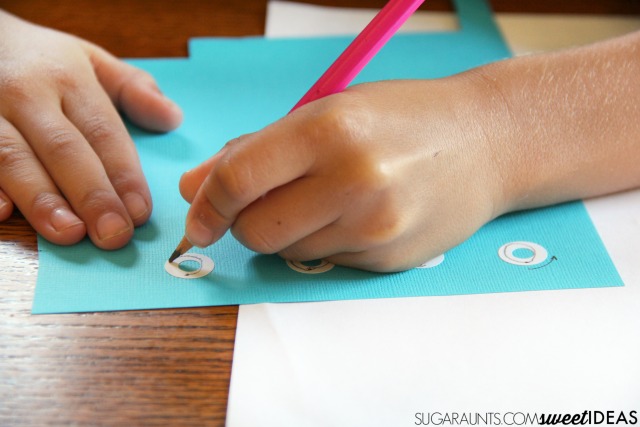
Next, draw a small dot on the top of each reinforcement label. You can add a curved arrow pointing from the dot and going counterclockwise.
Show your child how to place their forearm and wrist on the table surface (a slanted surface would be better!) and to use one pencil line to make a circle while staying inside the white boundary of the reinforcement label.
Fill a whole page with reinforcement stickers and work on producing circles in the counter-clockwise direction while staying inside the boundaries of the label.
To grade up this activity, try a timed test. Turn on a timer and see if the child can stay in the line of the label while using only their fingers to draw the line.
You could also use these brightly colored neon paper reinforcement labels for a pre-colored and high contrast label for practicing motor control exercises.
More ways to develop distal finger control for use in handwriting:
Beading
Tearing small pieces of tissue paper
Manipulating nuts and bolts
Crumbling small pieces of paper
Roll pieces of play dough
Sprinkle sand onto glue
Peel small stickers
Tweezer games
Legos
Wind up toys
Spin tops
Each of these toys and games can be turned into distal finger control exercises by adding a timed component. Try to encourage your child/student/client to perform the activity with their forearm and wrist on a table surface and “beat the clock” to complete the muscle building activity for longer and longer time periods.
How can you make these “exercises” a fun part of therapy or a pre-writing task? I would love to hear your ideas!
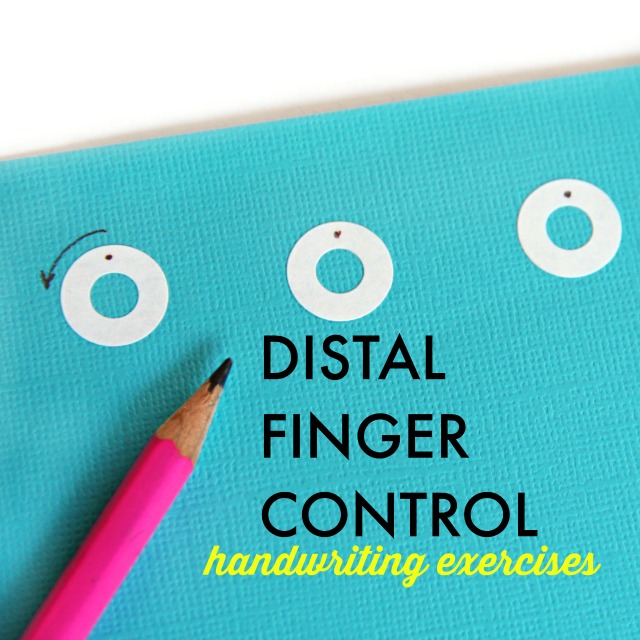
Working on fine motor skills, visual perception, visual motor skills, sensory tolerance, handwriting, or scissor skills? Our Fine Motor Kits cover all of these areas and more.
Check out the seasonal Fine Motor Kits that kids love:
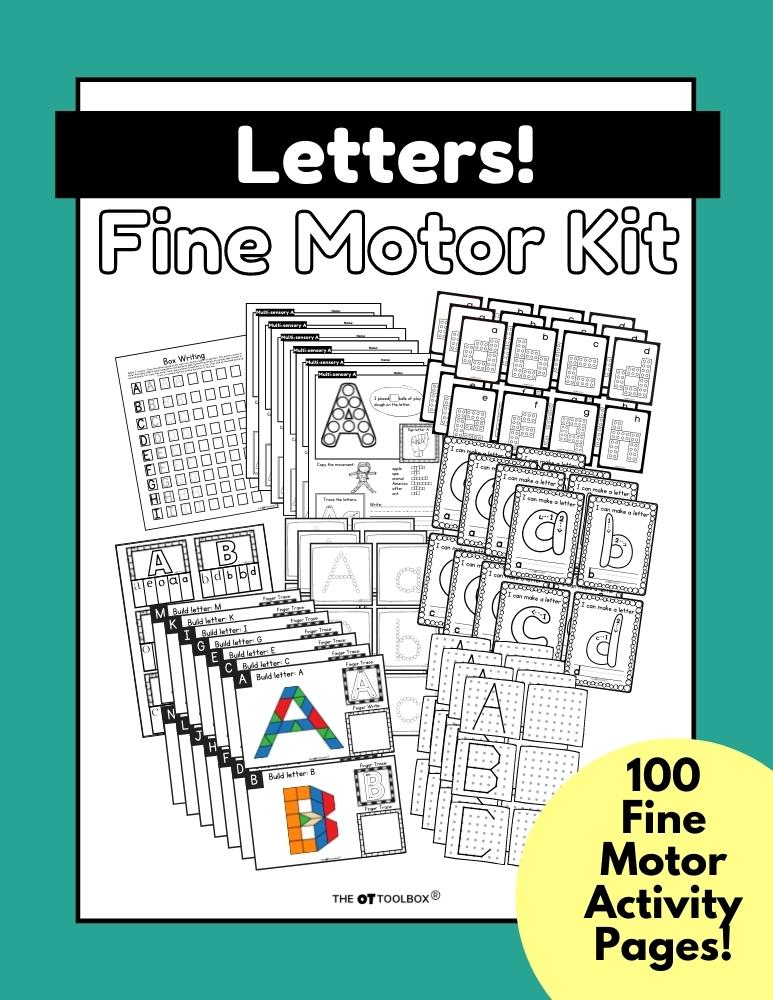
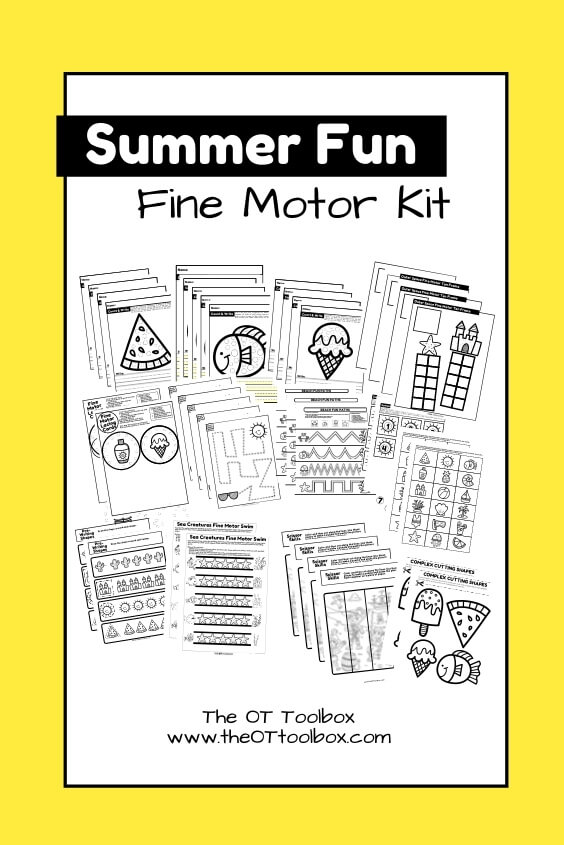
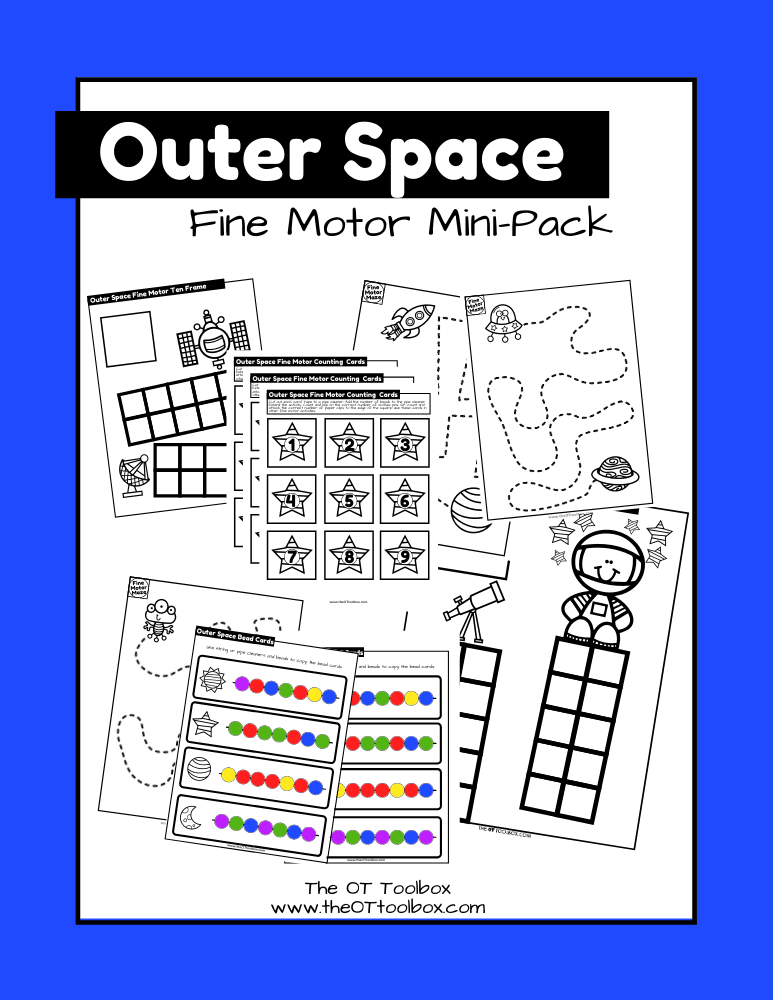
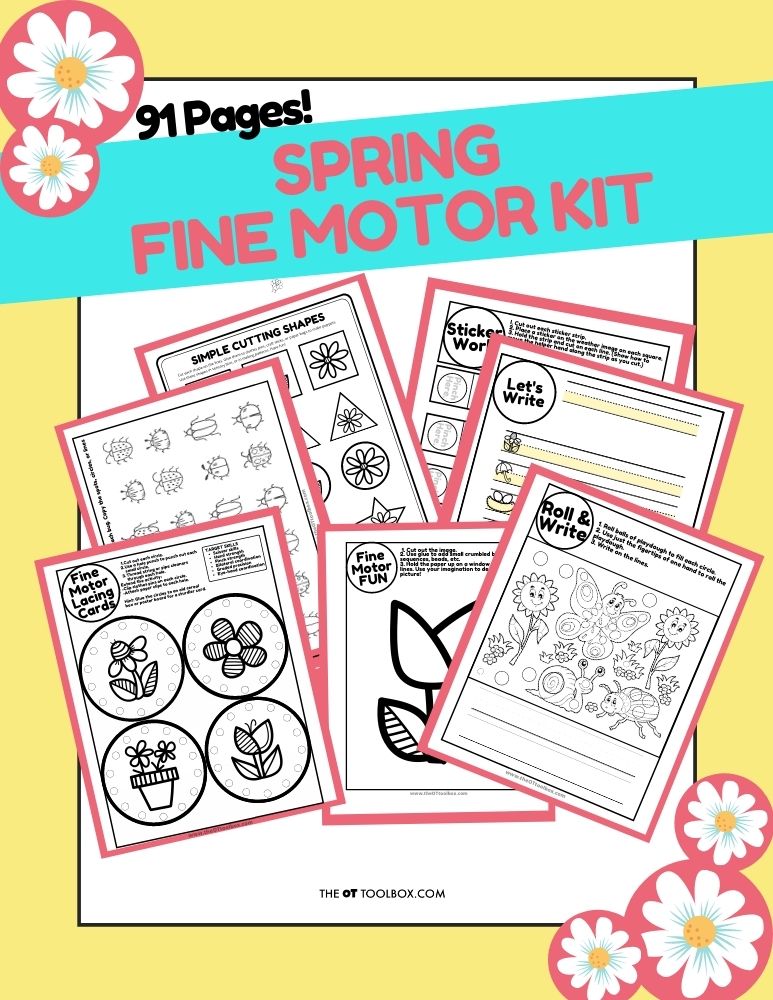
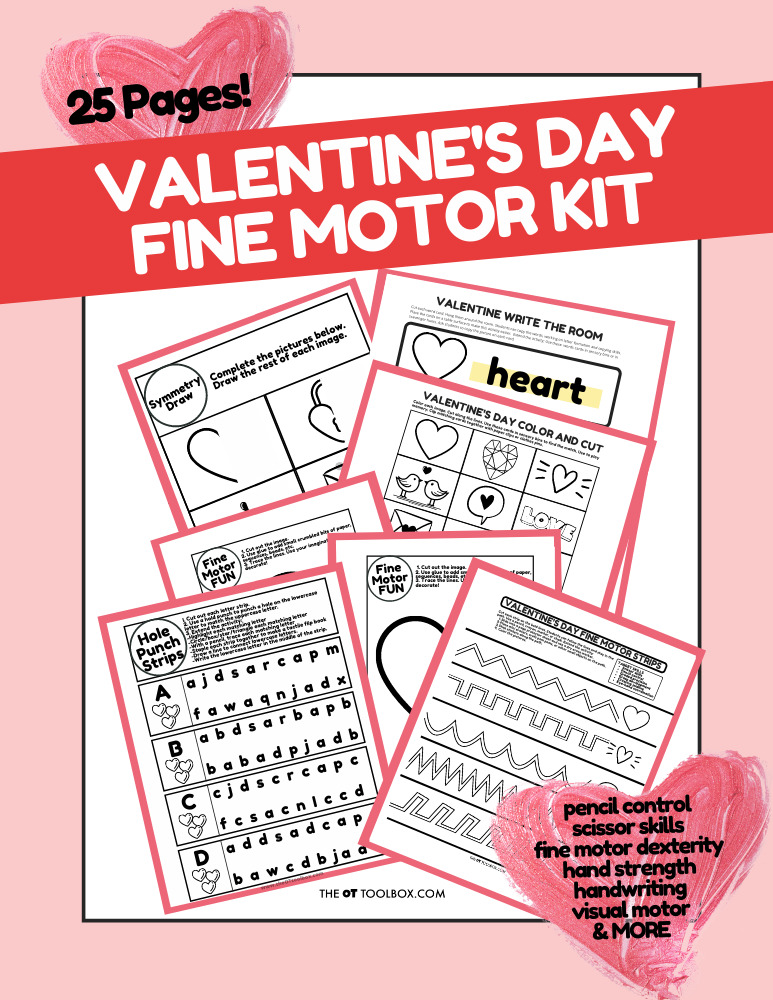
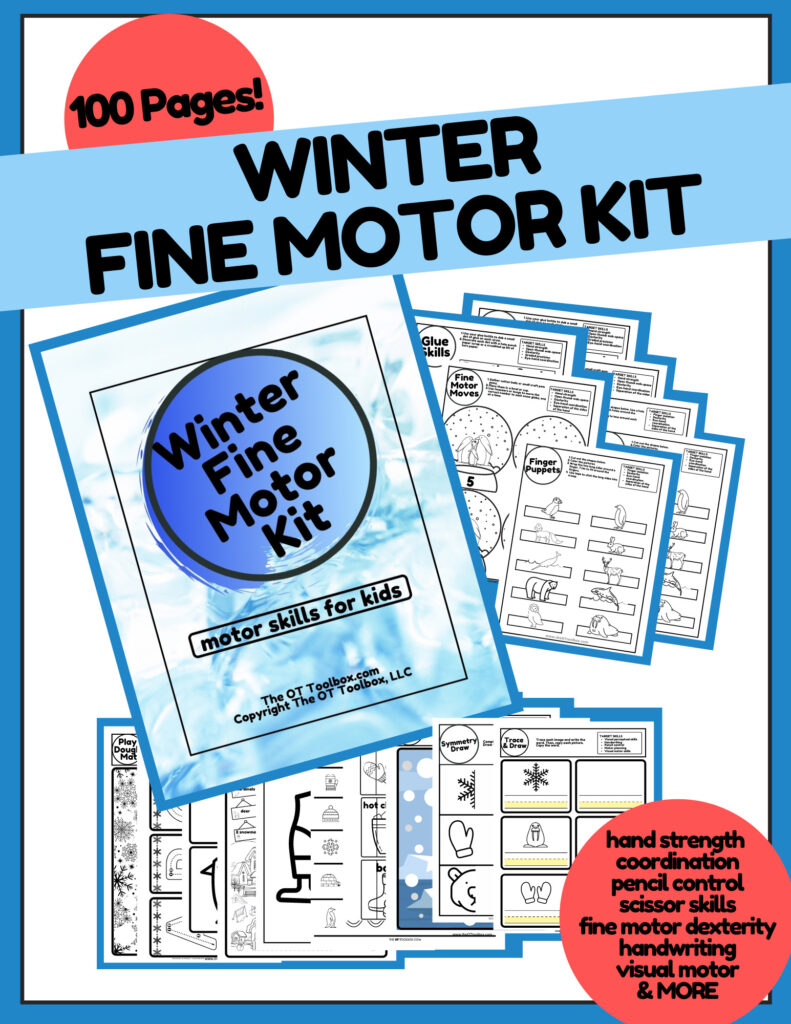
Or, grab one of our themed Fine Motor Kits to target skills with fun themes:
- Frogs Fine Motor Kit
- Unicorns Fine Motor Kit
- Vehicles Fine Motor Kit
- Apple Fine Motor Kit
- Back to School Kit
- Sports Fine Motor Kit
- Outer Space Fine Motor Kit
- Fairytale Fine Motor Kit
- Plus more in our shop!
Want access to all of these kits…and more being added each month? Join The OT Toolbox Member’s Club!

Colleen Beck, OTR/L has been an occupational therapist since 2000, working in school-based, hand therapy, outpatient peds, EI, and SNF. Colleen created The OT Toolbox to inspire therapists, teachers, and parents with easy and fun tools to help children thrive. Read her story about going from an OT making $3/hour (after paying for kids’ childcare) to a full-time OT resource creator for millions of readers. Want to collaborate? Send an email to contact@theottoolbox.com.

